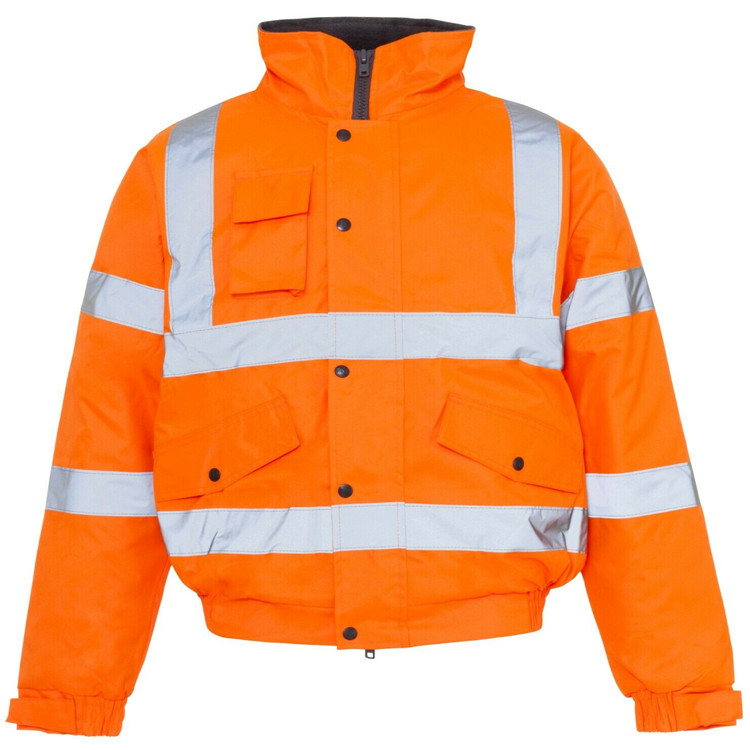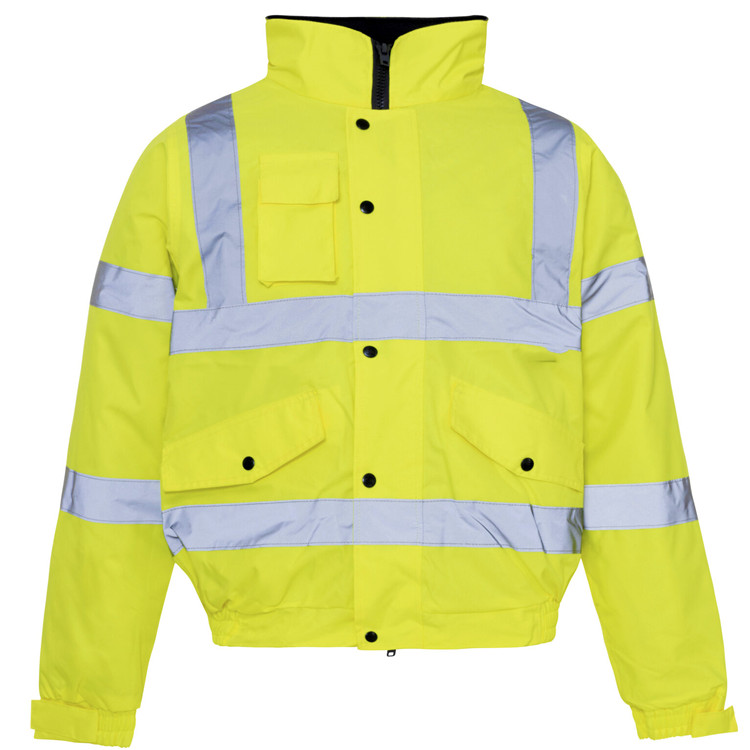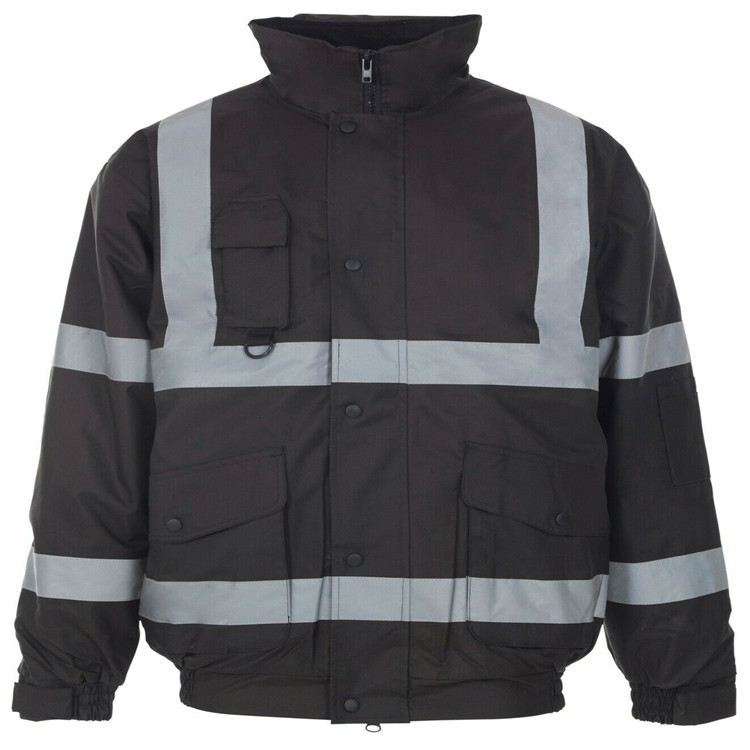Spring is the critical time when grapevines begin to sprout, grow leaves, elongate shoots, and start flowering. For fruit growers, effective spring management plays a key role in boosting both yield and quality of grapes. This article outlines the essential tasks for grape cultivation from February to April.
In mid-to-late February through early March, the focus should be on bud development. At this stage, it's important to provide adequate irrigation to support healthy budding. The flower buds are actively differentiating, and new shoots are beginning to grow. Since the plants require a lot of nutrients, a mixture of human manure and 0.2% urea is recommended. This fertilizer application typically accounts for about 15% of the annual total.
From March to mid-April, the main tasks include shoot thinning, bud rubbing, flower cluster management, and pest control. After winter pruning, approximately 70% to 80% of the dormant buds on the mother shoots will sprout. It’s crucial to manage these buds carefully—too many can lead to weak growth and poor fruit set, while too few may result in overly vigorous shoots that struggle with fruit retention. Therefore, proper bud rubbing is essential.
When thinning shoots, leave one bud every 15 to 20 cm along the vine, resulting in 2 to 5 new shoots per mother vine. Remove the rest at the base. Typically, apical or weak buds are removed, leaving only one shoot per bud. In some cases, the first coil can be left if the shoot reaches 4 to 5 leaves, but this uses more nutrients.
For shoot topping, leave 5 leaves above the flower clusters before flowering, and 8 leaves if there are no flowers. After topping, secondary shoots emerge, so only 1 to 2 strong shoots at the top are kept, with repeated pruning of side shoots. All unnecessary shoots should be removed, and vines should be properly tied as they grow.
Flower cluster processing is also important. To improve fruit setting, remove about one-fifth of the clusters manually. During flowering, apply a solution of 0.3% boron and 0.5% urea. Five days after flowering, perform artificial fruit thinning on trees with excessive fruit and then cover the clusters with bags to protect them.
Weeding and disease prevention are equally important during this period. Once the vines have 3 to 5 leaves, begin spraying fungicides every 7 to 10 days, especially after rain. Common diseases to watch for include black spot, gray mold, and rust. For example, DuPont Fuping diluted 800 times can be used for black spot, and Kexiling 1500 times for gray mold. Other options include carbendazim (800x), mancozeb (800x), and zinc-based agents. Regular weeding and good vineyard hygiene are essential for maintaining plant health.
Safety work clothes, reflective safety work wear, hi vis yellow coat, safety rain jacket, supplier for over 20 years.
We are golden supplier who provide high quality safety reflective workwear, Safety Vest, hi vis safety work wear, reflective rain wear, construction work pants, safety reflective bomber jacket, waterproof dry robe, high quality surfing changed robe.
Welcome to discuss more details with us.



Safety Work Clothes,Reflective Safety Work Wear,Hi Vis Yellow Coat,Safety Rain Jacket
Suzhou Golden Gamrnet MFG Co.,Ltd , https://www.svchangerobe.com